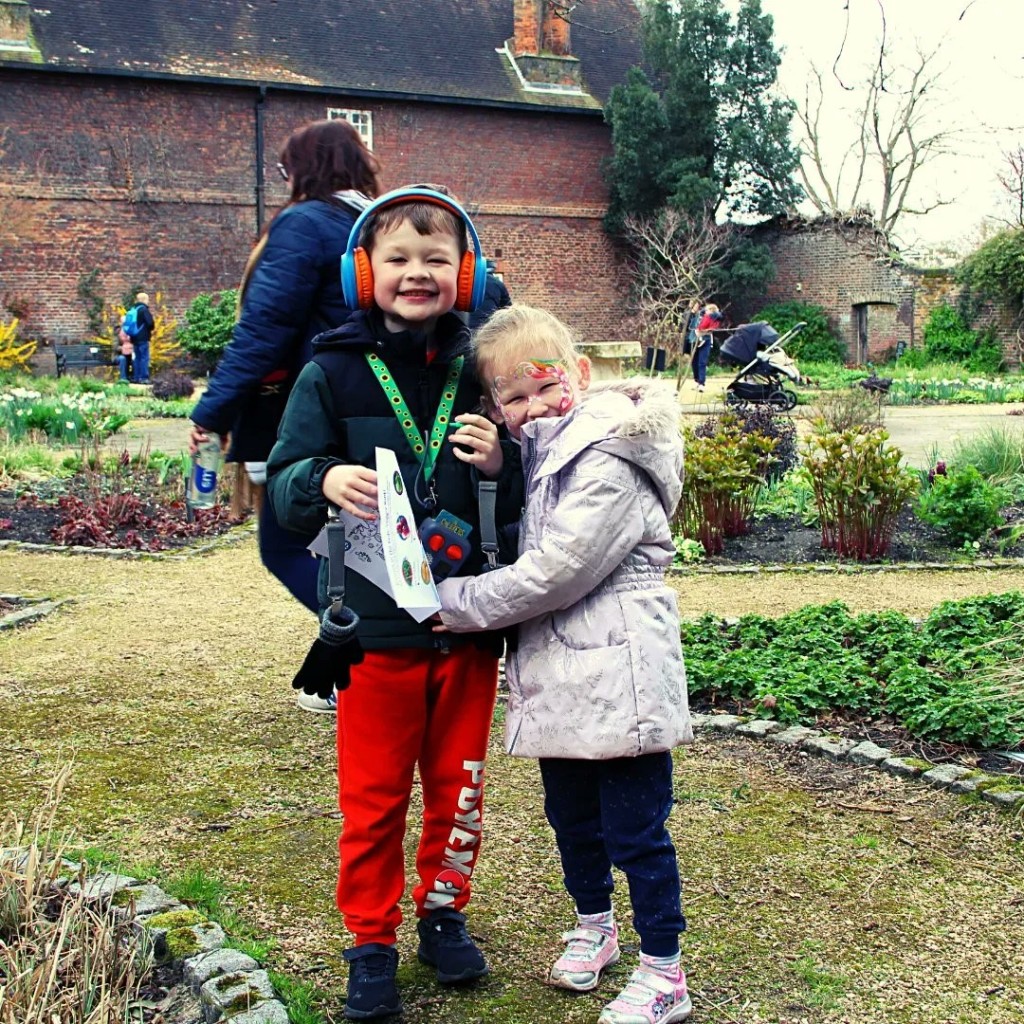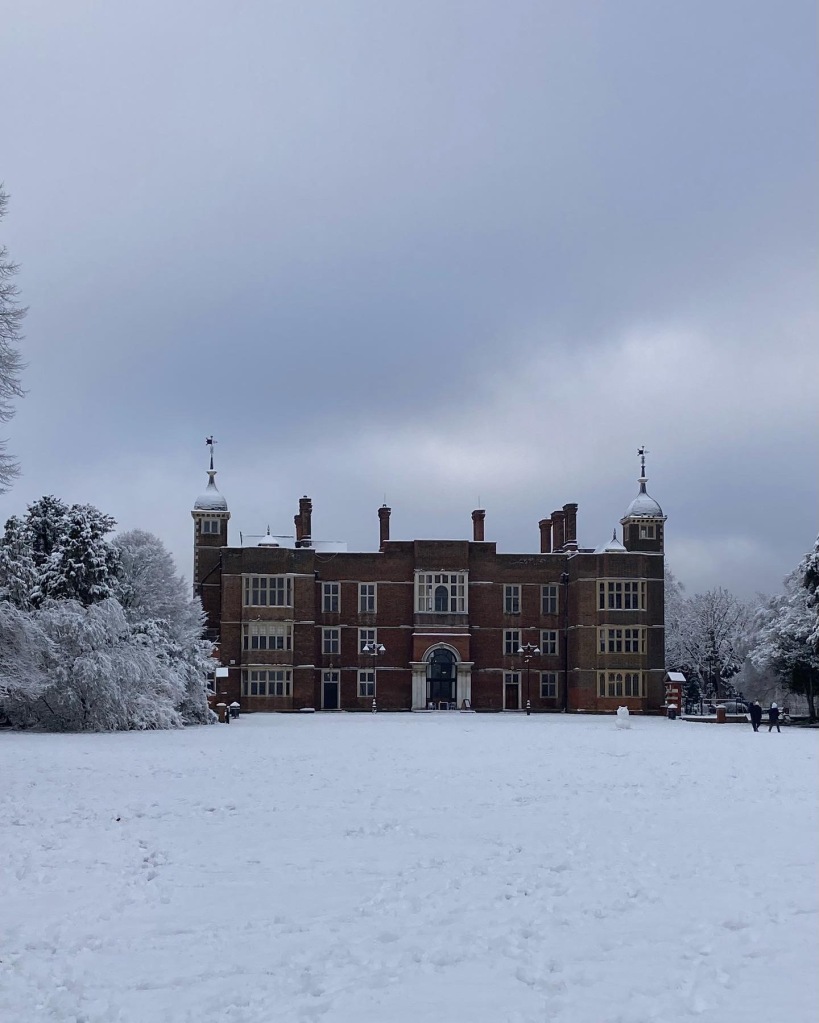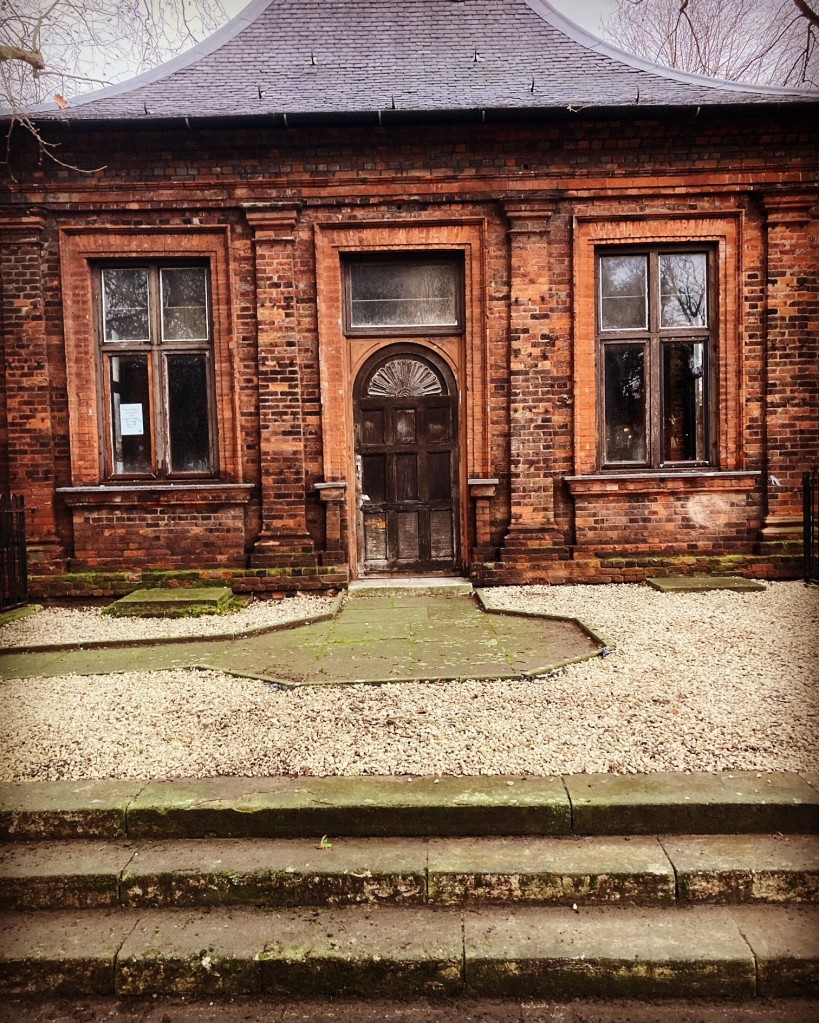Professional gardening has long been a man’s world. The title of Fiona Davison’s book comes from a letter written by the retiring Director of Kew Gardens, Joseph Dalton Hooker in 1906. His unambiguous advice to Miss Symonds who fancied a job tending plants was to forget it. Yet women did enter the world of horticulture in the early decades of the twentieth century and Davison follows six of them as they make inroads into this male bastion.
Tag: RHS
Bunnies in the Beds 2024
Our “Bunnies in the Beds” Easter Trail took place on Saturday (April 6th) for the fourth year running, it is becoming a fabulous fixture of the Garden Volunteers year. We start thinking up mad ideas in January during tea breaks, then gradually whittle them down to create an exciting but practical trail.


This year, the Bunnies went on an egg hunt with a difference! Having found all the eggs they then had to match them to their parent animal, in order to collect a prize. And by the end of the day, 175 children had achieved their goal. There were birds eggs to find of course, but also frogs, snakes, sand lizard, moths and even a dinosaurs egg!



Also on offer: Potting Up Table with free seeds, courtesy of RHS Britain in Bloom which is celebrating its 60th anniversary this year. We were not expecting this to be so popular and almost ran out of seeds! So many small gardeners-in-the-making came to this event, it was lovely. If you are growing your seeds on, you can keep track how others are doing on social media on @RHS GrassRoots and #RHSBloom60.
Continue reading Bunnies in the Beds 2024Sedum or Hylotelephium? Aster or Symphyotrichum?




But which is which?
I’m sure you know by now that herb garden favourite rosemary had its botanical name changed following DNA testing. It was reclassified to the Salvia family and its proper name is now Salvia rosmarinus (while the common name of course remains ‘rosemary’). Another common garden plant, Perovskia (aka Russian sage), has been renamed Salvia yangii. And then there are the sedums, some (but not all) of which must have needed a few more syllables to sound properly botanical!
Gardeners often wonder why this happens, and feel like botanical names are simply there to confuse us. Many gardeners choose to stick to the ‘old’ names, and occasionally (but not usually!) this is rewarded as science progresses, as is pointed out in this useful article from Gardens Illustrated.
Continue reading Sedum or Hylotelephium? Aster or Symphyotrichum?Have you checked your Fig Tree recently?
A couple of months ago, we noticed the damage that was being done to the fig tree in the Old Pond Garden and realised that most other fig trees in the area were in a similar state. What was happening?

We were discussing it at a volunteer session one day and Pat T indicated that she had spotted the same kind of damage on her fig tree and had contacted the RHS for advice. The RHS confirmed our suspicion that the cause is a micro-moth called Choreutis nemorana. It is being referred to as the fig-tree skeletonizer moth or fig leaf roller – for rather obvious reasons! This species is widespread in the Mediterranean and North Africa where there will be more fig trees but more natural predators too.
It was recorded in Belgium in 2009 and the first record for Britain was in 2014 in London. Since then it has spread to East Anglia, Kent and the Isle of Wight.
To understand what is happening to the fig tree, we must follow the life-cycle of the moth. The adult moth lays whitish eggs in batches on top of the leaf. The larvae or caterpillars then hatch, begin eating the leaf but just the tender bits, not the ribs (hence one of its names). They also spin silk to create a protective web or cocoon, under which they continue to eat the leaf until they pupate. There are two generations with adults flying in July and again in the autumn. The second generation over-winters in sheltered places. The caterpillar grows to about 15mm long and the moth has a wingspan of between 16 and 20mm. For more information and photos of the different stages check here.
Continue reading Have you checked your Fig Tree recently?“Our Greek host was kind enough to give me some seeds of this beautiful plant…”
How many of us have been on holiday, fallen in love with the flora of the region and maybe even recognised a plant as one that we know can be grown in UK, either indoors or out? The temptation is huge to bring back a few seeds, to buy some rhizomes at a market (yes, those Madeiran Agapanthus were hard to resist) or – if we’re visiting friends, to accept a cutting or two. But we now know that as well as being illegal, in doing so we risk introducing plant diseases and devastating an aspect of the horticultural world we love.
The RHS give some clear advice on bringing plants back to the UK from your holidays (ie: DON’T!), but also what to do if you decide that you are willing to take on the administrative load and expense to get hold of a particular plant.

(Image from Wikimedia Commons)
Bunnies in the Beds 2023
Easter bunnies arrived early this year at Charlton House & Gardens. On the Sunday before Easter, ten vegetable loving bunnies hid themselves along with their favourite vegetables in the flower beds of the Gardens and were ready to be found by young visitors to this joint CABAHS & RGHT event. The morning’s chilly weather did not seem to deter the children who all enthusiastically scoured the Old Pond Garden and the Peace Garden.


Once they had found all ten and identified each bunny’s favourite vegetable they were encouraged to sow some radish seeds as part of the Royal Horticultural Society’s Big Seed Sow https://www.rhs.org.uk/get-involved/big-seed-sow . They could also learn about ‘the Secret Life of the Pea’ and choose some seeds to take home with them. Some even made their own origami seed packets. Fingers crossed we have set some of our visitors on the joyous path to becoming a life-long gardener!




Thankfully the weather was kind: dry with even a spell or two of sunshine during the afternoon. The real live bunnies brought along by Juli were an extra special attraction! By 3 o’clock, around 180 trails had been completed with donations earning a sizeable sum for Charlton House & Gardens. Our Plant Sale also proved an attractive draw and took over £200.
Continue reading Bunnies in the Beds 2023OPG Diary – Dec to March 23
Here is an update on what Jason and the Gardenauts have been getting up to in the gardens since my last post. Apologies it’s rather long, we’ve been doing lots!
December turned the gardens into a winter wonderland, and caused us to miss a few days volunteering, but gave some great photo opportunities. The prolonged cold period hit a few of the more tender shrubs quite hard and we lost some big favourites like the Teucrium.



January was about cutting back, the ivy in particular. The old walls cannot take the weight of the ivy so we are taking it off in stages and being careful of wildlife. Our efforts revealed the top of the doorway for the first time in some years!


We have removed the palms from the front lawn beds and the beds will be re-designed this summer. The Palms were planted as part of an annual bedding scheme years ago and never envisaged to get as tall as they have. The Tete-a Tete daffodils have all been lifted and will go in the woodland glade next year. The Summerhouse has had a good weed and tidy-up, as has the Mulberry. Snowdrops and Hellebores popped up in the OPG woodland side.






In February, we discovered our regular feline visitor is called Casper and he lives in Canberra Road but clearly considers the gardens his playground.
Continue reading OPG Diary – Dec to March 23Where do you get your seeds?
At the beginning of the Covid19 pandemic, with a new garden inherited from someone who had focused on gardening with concrete and weed suppressing membrane, I took advantage of the RHS Members’ Seed Scheme. I selected 15 packets of seed from their list of varieties collected from RHS Gardens, including annuals, herbaceous perennials and rare shrubs, and I paid my £10. Some were more successful than others but I was sufficiently encouraged to try it again this year. You have until the end of February to join this year’s scheme….

As a former allotmenteer, I’m used to growing plants from seeds. Over the years, I developed preferences for unusual varieties and for seeds that are open pollinated (non-hybrid) so you can collect and sow your own seed in future years. How should I choose flower seeds and which seed suppliers should I use? I came across a recent article in Gardens Illustrated about seed suppliers. This reassured me by referring to some of the suppliers I have used for vegetable seeds but shows what a massive choice there is, for both flower and vegetable seeds.
Must be careful not to let the seedlings get out of control!!
Lynda F
GQT Follow-up question
As always, we didn’t get around to answering all your questions at our August GQT meeting (I’m very sure they don’t manage to on the radio programme either!). But you may remember that Annie H brought in her strange distorted tomatoes to show everyone. If it had not been for the biblical deluge, I expect we would have had a good discussion about them.
Annie was undaunted by getting no answers at the meeting, and contacted the RHS directly. She says, “I was informed that the most likely cause was a too high concentration of a contaminated farmyard manure compost in the pots. The farmers spread weedkiller/ pesticide on the field, the grass grows and the cattle dump cowpats which are composted and then bagged up for sale but still contains residues of weedkiller/ pesticide.”
Thank you for this Annie, something for us all to watch out for. It would be interesting to hear from other members if they have had a similar experience.
Kathy


